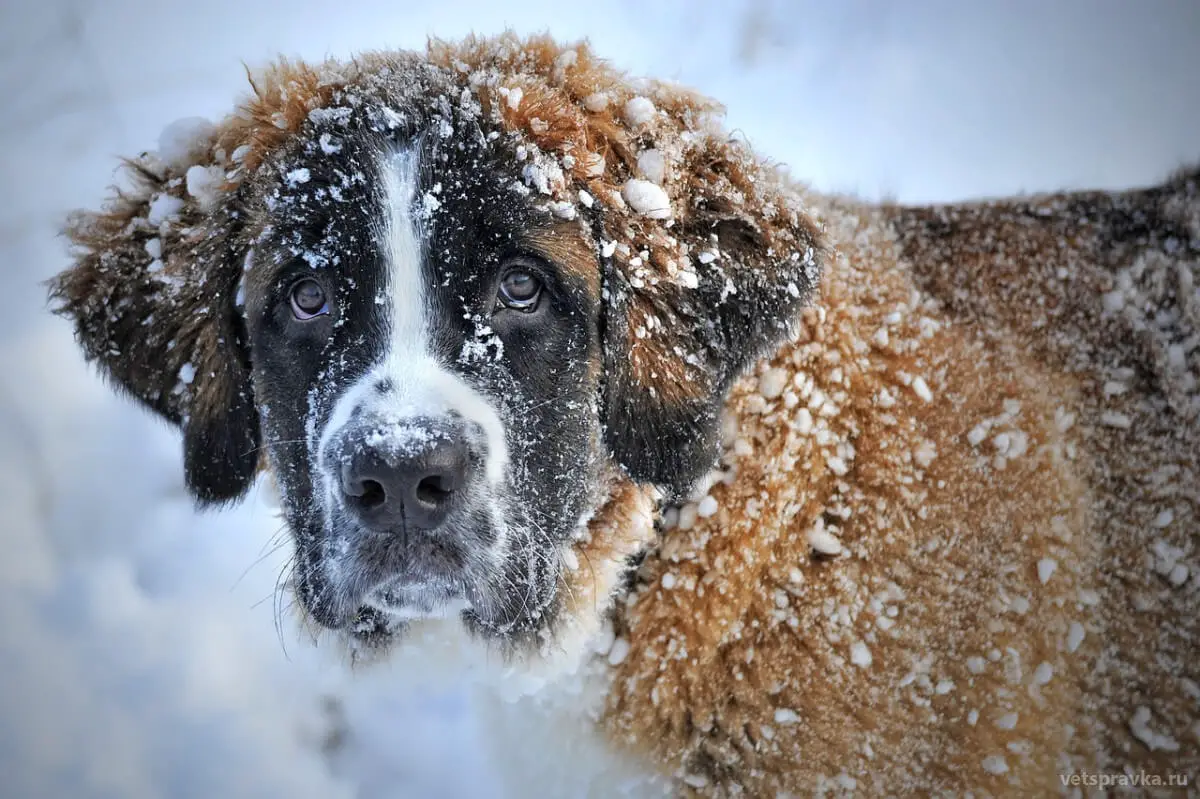Many people know the uncomfortable feeling when light skin cells collect on the black coat collar. The good news: dogs don’t mind when others see their scales. The bad: Dandruff is often associated with an annoying itch for four-legged friends. We give you tips against dandruff in dogs.
Dandruff: Symptoms in Dogs
The dog’s upper layer of skin, the epidermis, forms anew every three weeks. Dandruff signals that this process is out of balance. They arise when skin cells are renewed when something goes wrong: the body makes too many new skin cells or sheds them too soon. As a result, we see the bright spots on the dog’s fur. We can distinguish several types of dandruff:
- Small white scales: dead skin cells that are loosely distributed in the fur.
- Yellowish scales: too much sebum production next to the hair roots.
- Warning, mite alarm: tiny white dots stuck to the fur could be mites.
What Causes Dandruff In Dogs?

The skin, as the largest organ, is a mirror of health. Dandruff in dogs can indicate skin diseases or other diseases. Older dogs get dandruff more often than youngsters. During the change of coat, the likelihood of flaky skin is greater.
Skin Problems With Dandruff and Hair Loss
Dandruff is more common when the skin is out of balance. They can appear alone or with various other symptoms such as redness, hair loss, or bald spots. Possible skin diseases with dandruff in dogs include allergies, inflammation, and skin fungus.
Organic Diseases Cause Dandruff
Diseases can change the metabolism and thus the complexion of the skin. They occasionally cause dandruff. Most often, a blood count is required to diagnose it with certainty. Possible diseases are malignant tumors, liver, thyroid, or immune diseases.
Hormonal Changes Trigger Dandruff
Adolescent dogs can have a tendency to dandruff because during this time the hormone levels in the body change. Pregnant, recently castrated animals or animals that have been given a hormone chip can also increasingly form dandruff.
Diet and Dandruff in the Dog
The dog’s diet affects its skin. In the absence of essential nutrients, dandruff can occur. But sometimes the body is not able to properly process the nutrients it contains. Intolerance and the wrong diet can also trigger dandruff. A protein-rich diet with valuable fats can improve the complexion if your four-legged friend is prone to dandruff.
External Influences
As with humans, air conditioning and heating air can lead to dry skin in dogs. Dog coats can exacerbate the problem in autumn and winter – the skin does not get enough air. This also applies to matted fur. Washing too often or using a shampoo that is not suitable for dogs can also irritate the skin and cause dandruff.
Dandruff in the Dog – When to the Vet?
If you discover dandruff on your dog, you should pay attention to the overall picture. If you only find a few without the four-legged friend having any further complaints, think about what could be the trigger. Did you turn on the heating in the house a few days or weeks ago? Is the four-legged friend changing coat? Has there been a change in the feed?
With our tips against dandruff in dogs, you can try to bring the skin back into balance. If that doesn’t work, or if dandruff gets worse, you should see a veterinarian. This also applies if the skin is red and the dog scratches itself frequently. The expert can thoroughly examine your companion to find the cause of dandruff. Then you can treat the skin and dog accordingly.
Dandruff in the Dog: What to Do?
The treatment options if the dog has dandruff are as varied as the causes. If he has a food intolerance, switching to a mono protein food can help. You may need to find out if your four-legged friend is allergic to something in order to avoid the trigger in the future.
The veterinarian can treat diseases with various drugs. If there is a bacterial infection, antibiotics are used, for example. Medical ointments or shampoos can help against severe dandruff. The main thing here is to alleviate the itchiness caused by dry skin.
Tips Against Dandruff in Dogs
The following tips can prevent or alleviate existing dandruff:
- Grooming: Regular brushing – preferably with a natural brush – stimulates blood circulation.
- Avoid dry heating air, for example with air humidifiers.
- One tablespoon of linseed or rapeseed oil a day contains many healthy omega-3 fatty acids.
- Choose a good dog food with high meat content.
- Bathe only when necessary, using a mild dog shampoo.
- Prevent or fight parasites.

